
Escape Velocity
Free Your Company's Future from the Pull of the Past
ISBN: 9780062040893
Pages: 240
Recommendation
In this challenging, realistic discussion, strategy consultant Geoffrey A. Moore uses an extended metaphor: the past’s gravitational hold on your company. To break free of its influences, you must generate “escape velocity,” a force that allows you to burst through the weighty barrier of the past. Moore argues for five distinct categories of power that help you reach escape velocity and head for the future. Though his work is a bit jargon-laden and sometimes hard to follow, his strategic ideas make sense. To follow his metaphor of jolting away from old patterns, let Moore’s concepts function as a catalyst. They won’t work alone, but if you introduce and apply them effectively, they are intended to accelerate radically how your company utilizes its talent and resources – the fuel for any journey. getAbstract recommends Moore’s groundbreaking manual to planners, innovators and those looking to upgrade their company’s market position.
Summary
About the Author
Geoffrey A. Moore is chairman emeritus of The Chasm Group, the Chasm Institute, and TCG Advisors, all of which provide marketing and strategy guidance.








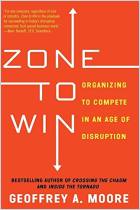
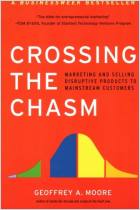
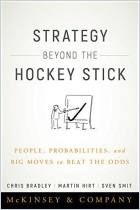

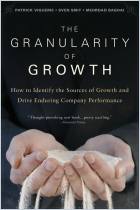

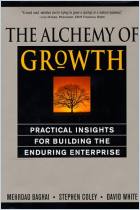
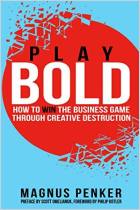



Comment on this summary or Démarrer une discussion